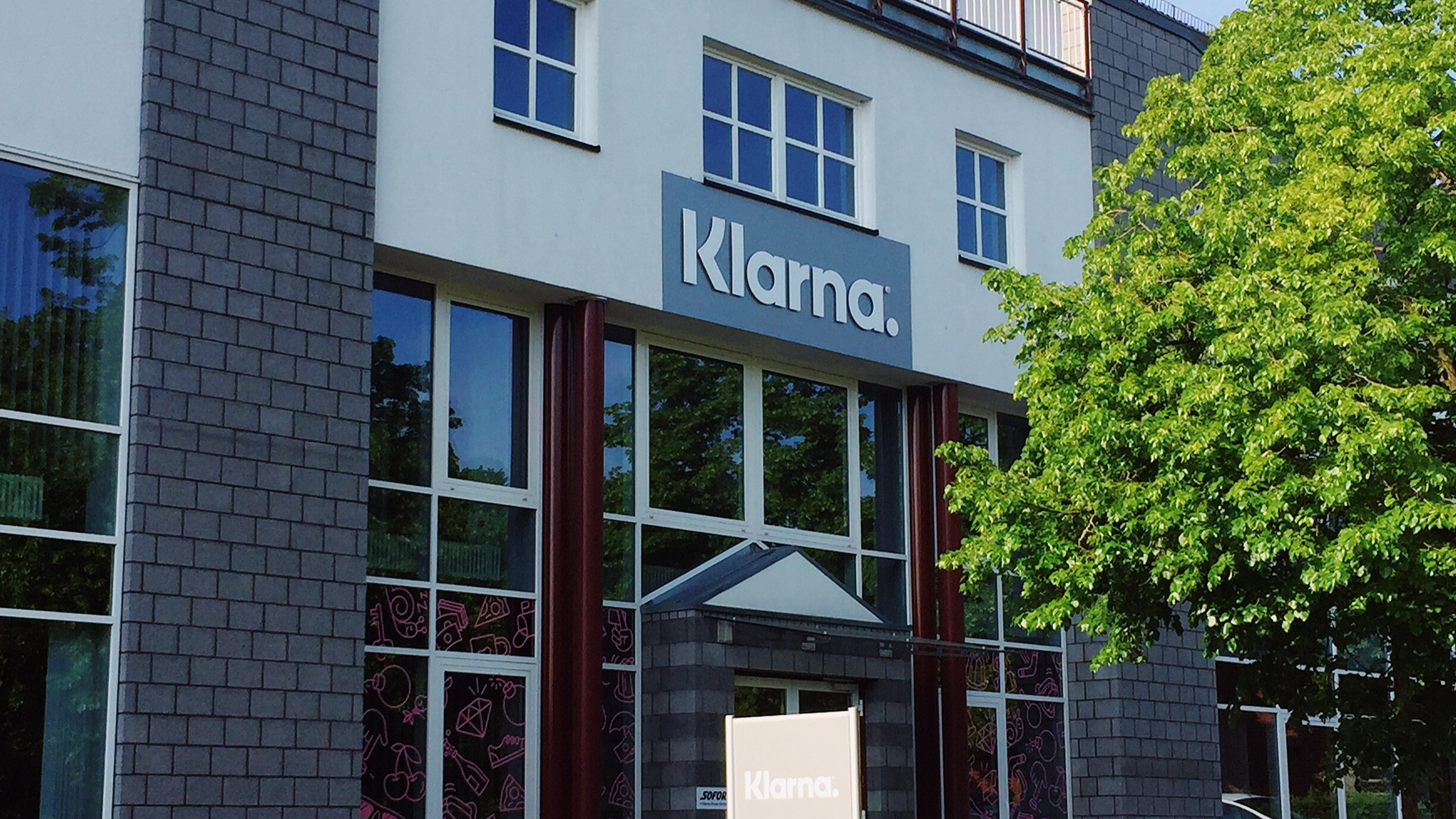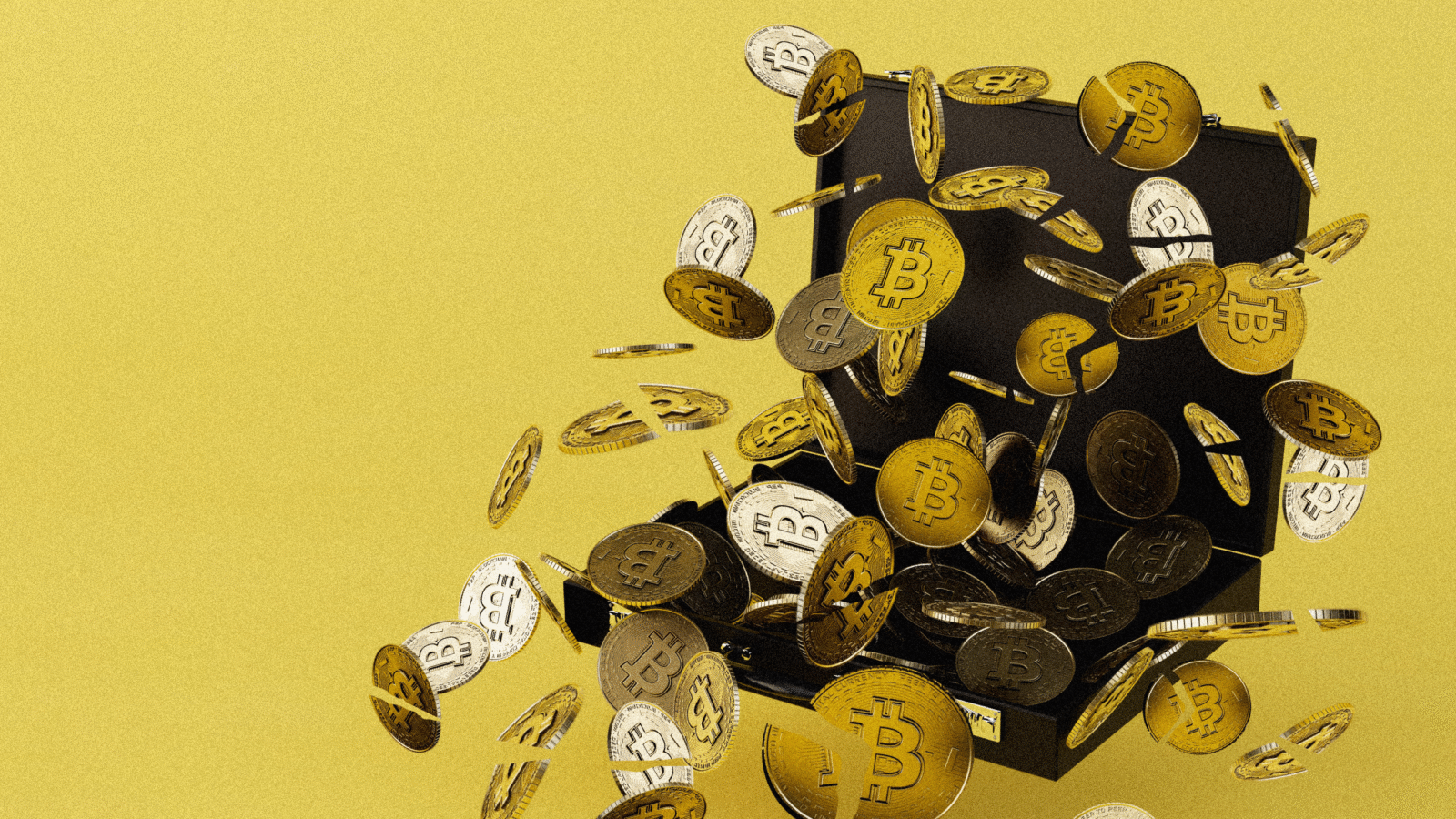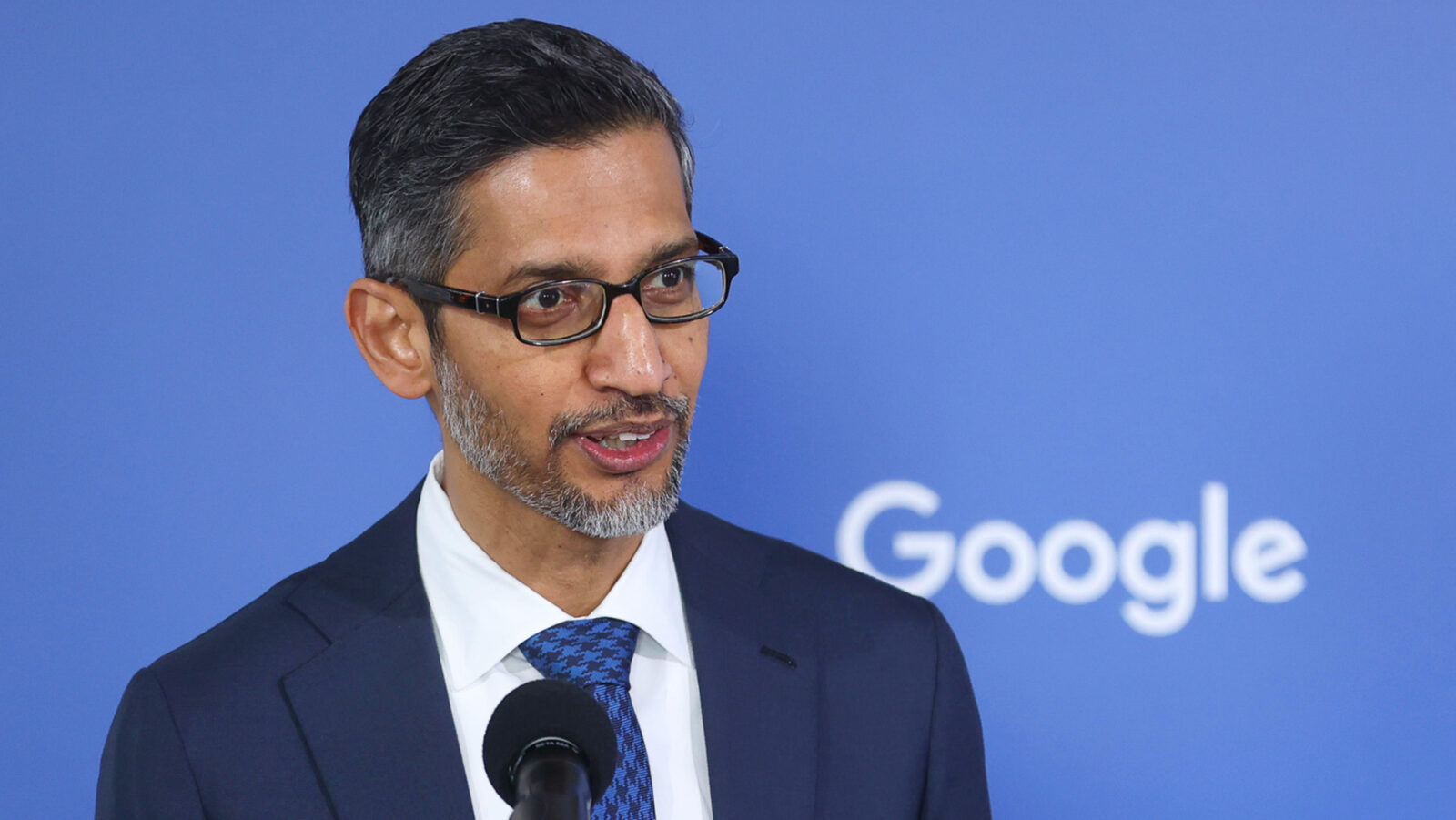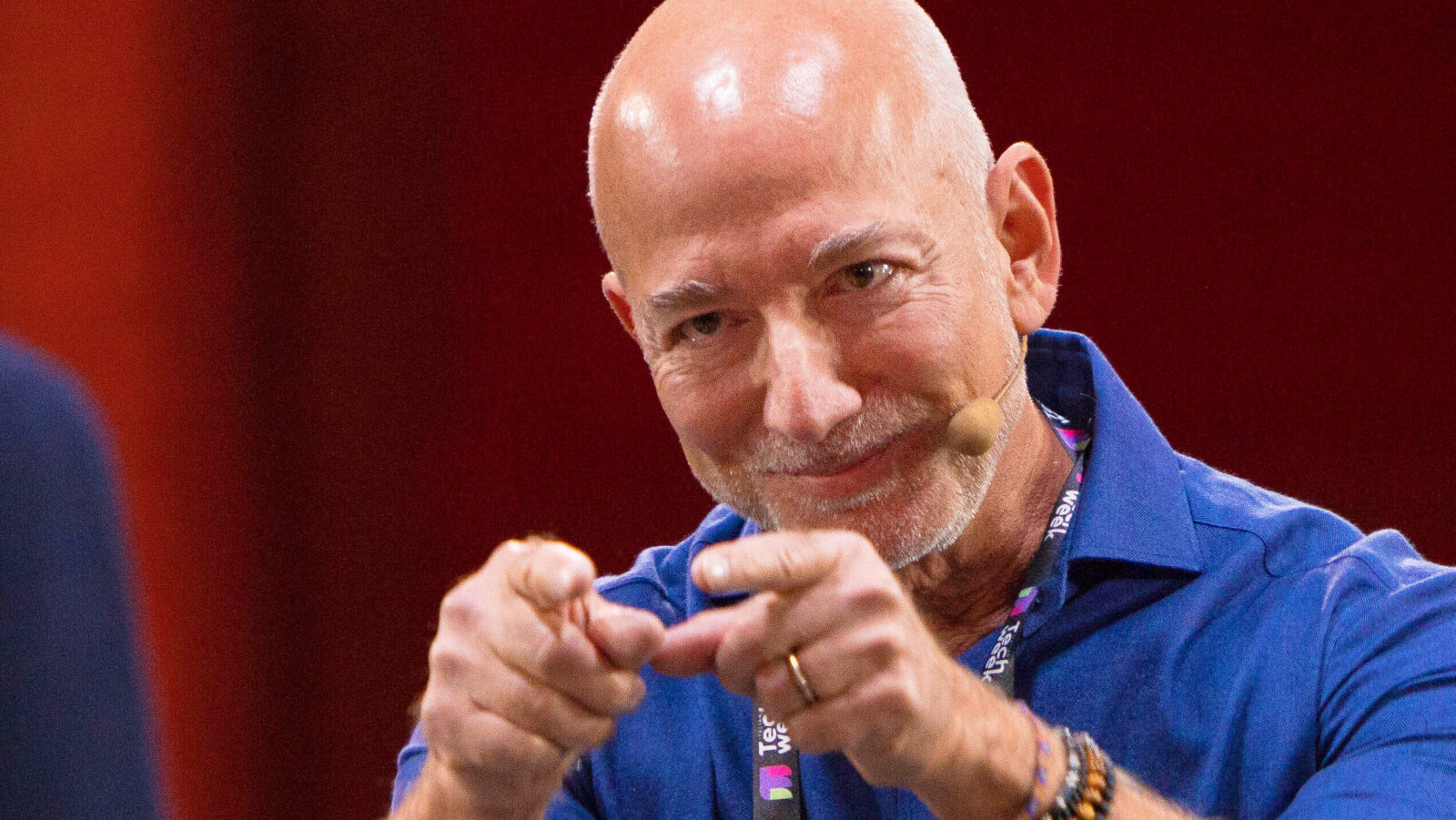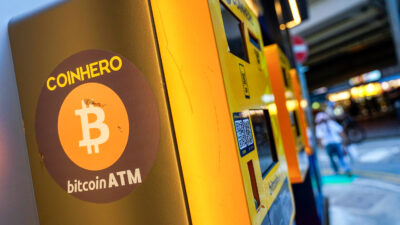Klarna Discovers Customers Prefer Buying Now to Paying Later
Klarna’s 100 million-user win sounds nice, but its users are increasingly struggling with the “pay later” part of the arrangement.
Sign up for smart news, insights, and analysis on the biggest financial stories of the day.
As it turns out, shoppers absolutely love the first half of the “Buy Now, Pay Later” equation, but quite a few are prone to take the second half as more of a suggestion than a hard rule.
With its much-anticipated IPO on standby, preeminent BNPL firm Klarna announced it has crossed the 100 million-user mark on Monday. That sounds nice, but the increased user base has come coupled with increased losses as consumers increasingly struggle with the “pay later” part of the arrangement. Which begs the question: Can Klarna succeed amid harsh macroeconomic conditions?
File Now, Launch Later
Klarna is sitting in a pre-IPO limbo. The Swedish firm filed for its New York Stock Exchange debut in March, but less than a month later, Bloomberg reported that it was putting its launch plans on pause amid tariff-induced market turmoil. The on-and-off plans follow a yearslong aggressive expansion, especially in the US, where the firm has scored high-profile partnerships with the likes of Walmart, DoorDash, and eBay.
The push helped the company reach 100 million users, bringing both a 13% year-over-year revenue increase in the first quarter to $701 million and a 17% year-over-year increase in consumer credit losses, which reached $136 million in the first three months of the year. In total, the company posted a quarterly net loss of $99 million — about double its loss a year ago (though the company noted significant one-off costs related to staff share awards and its IPO filing-and-pausing).
While post-pandemic inflation turned the company into a fintech darling, its $15 billion target IPO valuation was only about a third of its peak back in 2021, and the company now faces the new economic reality of a possible, if not likely, recession. It’s tough to know what to expect for the BNPL industry:
- On the one hand, tough economic conditions are likely to increase demand for BNPL services; a recent Lending Tree survey found 25% of respondents were using BNPL to buy groceries, up from 14% last year. On the other hand, a recession will reduce consumer spending overall, and delinquency rates appear to be increasing already.
- Klarna, for its part, touts the short-term nature of its loans; the company told the Financial Times on Monday that 83% of its loan book refreshes within three months, allowing it “to respond rapidly to evolving market conditions.”
Man Up: A recession isn’t the only economy-reshaping force Klarna is facing. The firm says it replaced roughly 40% of its workforce in the past two years with artificial intelligence as part of a cost-cutting effort, though CEO Sebastian Siemiatkowski recently admitted to Bloomberg that Klarna is now on a human hiring spree to ensure users can talk to a customer service agent of the flesh-and-bone variety. We’ll call it a new trend: “AI now, rehire later.”
